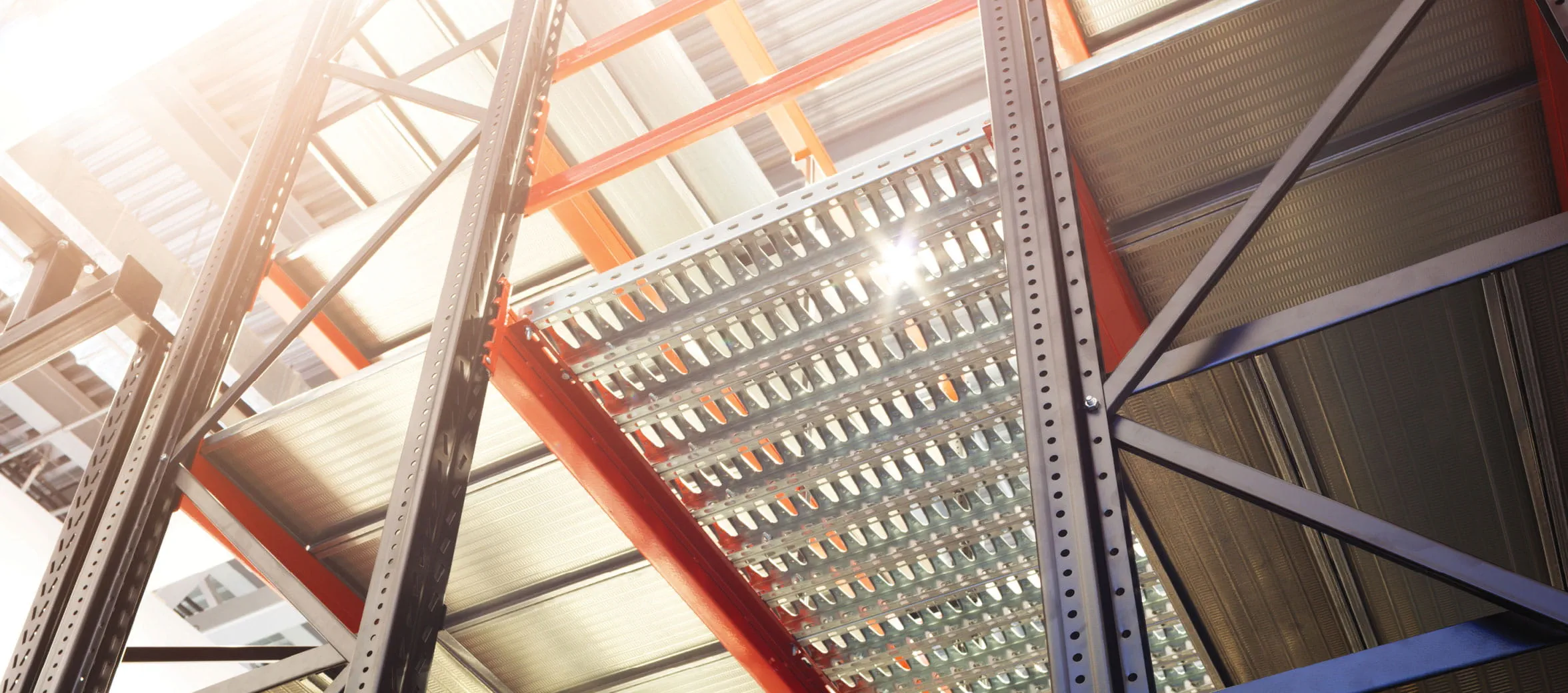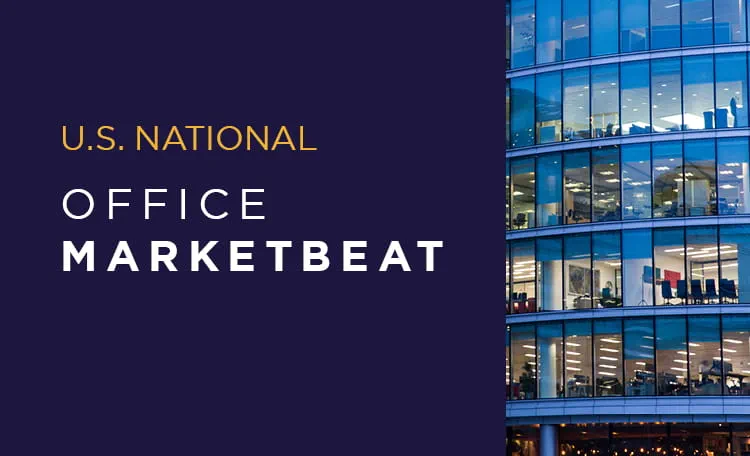For the data behind the commentary, download the full Q1 2025 U.S. Industrial Report.
Demand Still Resilient
Despite trade policy uncertainty, the U.S. economy continues to absorb a healthy amount of industrial space. In the first quarter of 2025, net absorption registered at 23.1 msf, on par with the total reported one year ago. Warehouse and logistics space was the standout product type this quarter, absorbing 30 msf. Conversely, manufacturers gave space back to the market on a net basis, resulting in 5.7 msf of negative absorption. The flight to quality trend continues. In the first quarter, the newest industrial space (product built after 2023) accounted for more than 57 msf of net occupancy gains. Conversely, older facilities with limited functionality experienced more move-outs than move-ins, resulting in over 33 msf of negative absorption.
In terms of total deal volume, the market remains active but slowed in the first quarter. New leasing activity totaled just under 140 msf in completed deals during the first quarter, marking a 6.4% decline YOY. Larger occupiers (100,000 sf and greater) remain attracted to newly built buildings that offer higher clear heights, more efficient space designs and tenant amenities. Industrial buildings constructed since 2020 accounted for 60% of the deal volume for leases of this size range in the first quarter. Across all deal sizes, third-party logistics (3PL) and manufacturing fueled demand, contributing to approximately 51% of first-quarter leasing.
Vacancy Rising, Midwest Exhibits Signs of Stabilization
The U.S. industrial vacancy rate increased 30 bps QOQ to 7.0%, marking its highest level since 2014. The quarterly rise was driven by over 45 msf of vacant speculative stock that delivered in the first quarter, as well as some space returning to the marketplace. Approximately two-thirds of the 83 markets tracked by Cushman & Wakefield reported quarterly vacancy increases in the first quarter. Smaller warehouses (less than 100,000 sf) continued to post the tightest vacancy rates at 4.1%, while big-box facilities (over 250,000 sf) have seen vacancy rates swell above 10% over the last few quarters due largely to healthy new speculative supply totals.
Asking Rents Start to Flatten Amid Softer Marketing Conditions
Although industrial rents continue to appreciate at a reasonably healthy clip overall—4.3% YOY—a rising number of markets reported rental declines this quarter, keeping the average U.S. rate steady at $10.11 per square foot (psf) since year-end 2024. Nearly 40% of the U.S. markets tracked by Cushman and Wakefield reported annual rental rate declines, as some landlords have responded to softer demand conditions and higher vacancy rates. Also, the composition of available stock has shifted due to recent speculative construction trends as big-box facilities make up more of the total stock available, affecting the weighted average for asking rents. Although rent pressures have eased slightly, many markets have seen rents surge by more than 50% over the last five years. As a result, occupiers that inked deals more than three years ago and have leases expiring in today’s market are still facing a challenging rent rate market. Rent dynamics are also nuanced in terms of both size and class. Smaller industrial product (less than 100,000 sf) has maintained above-average asking rents over the last few quarters, hovering in the $12-$15 psf range, due to tight market conditions in this size segment.
Pipeline Gradually Thinning, Quarterly Deliveries Reach Lowest Point in Four Years
Just 72.6 msf of new industrial buildings completed construction in the first quarter of 2025, a 41% YOY decline and the third straight quarter that completions trended lower. Speculative assets made up 72% of the square footage delivered. The 100,000-300,000-sf size segment accounted for 35% of the quarter’s completions, with 10 facilities greater than 1.0 msf completed, six of which were build-to-suit. Meanwhile, the construction pipeline fell by 33% YOY, ending the quarter at 270.8 msf. Of the total, 34% are build-to-suit, in line with year-end (33%). Though the pipeline has continued to thin out notably in the West and Midwest regions, development activity and has ticked marginally higher in the South since the close of the year. On the market level, 23% have had their construction totals fall by 50% or more YOY, and just five markets now boast pipelines of 10 msf or more, down from 12 markets one year prior.
For the data behind the commentary, download the full Q1 2025 U.S. Industrial Report.








